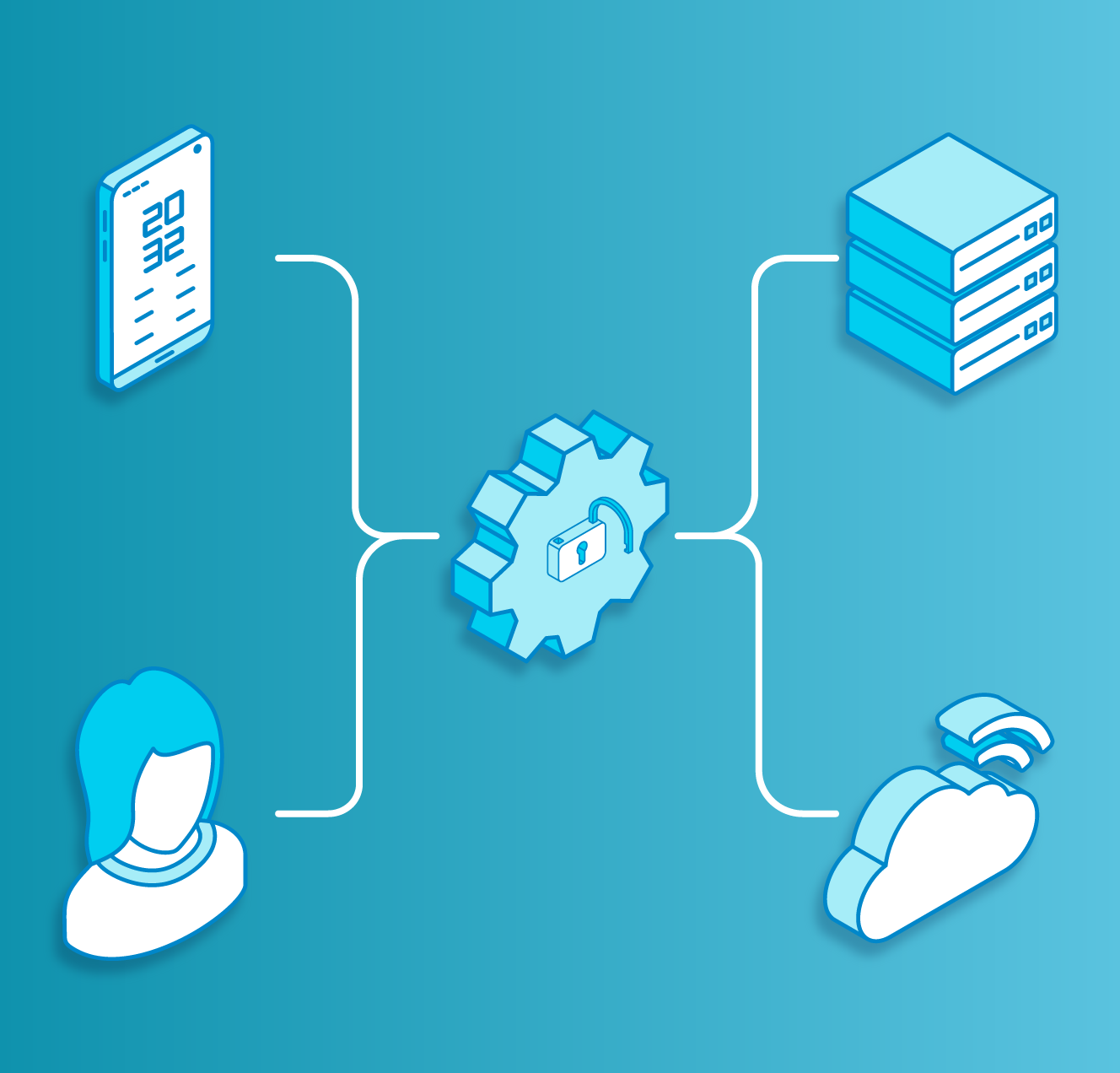A Look at the Top Application Security Challenges Heading into 2024

In the ever-evolving landscape of cybersecurity, corporations are facing an unprecedented array of challenges when it comes to protecting their applications. As technology advances at an exponential pace, so do the tactics employed by malicious actors. In this age of digital transformation, applications have become the lifeblood of businesses, making application security a paramount concern.
In this article, we delve into the top application security issues facing corporations today and outline what IT security teams should focus on to bolster their application security for the year 2024. As we explore these challenges, it becomes clear that vigilance, innovation, and collaboration are essential to safeguarding the future of business operations.
The Evolving Threat Landscape
The first and most fundamental challenge in application security is keeping up with the evolving threat landscape. Cyberattacks have grown in sophistication, often outpacing traditional security measures. In 2024, we can expect even more advanced tactics to emerge – some an evolution of existing types of attacks, and others completely novel:
- Advanced Persistent Threats (APTs): APTs are complex, targeted attacks that can go undetected for extended periods. They often involve social engineering, zero-day vulnerabilities, and multi-stage attacks. Corporations must anticipate APTs and employ proactive security measures such as threat hunting and anomaly detection.
- Ransomware: Ransomware attacks continue to plague organizations. Attackers are increasingly sophisticated, demanding larger ransoms and exfiltrating data. Companies must invest in robust backup systems, employee training, and threat intelligence to combat this menace.
- Supply Chain Attacks: Attackers are targeting supply chains to infiltrate organizations indirectly. Companies should thoroughly vet their third-party vendors, assess their security practices, and establish clear security requirements.
- AI-Enhanced Attacks: As artificial intelligence (AI) becomes more prevalent, cybercriminals will harness its power to automate attacks and bypass traditional security measures. Corporations need AI-driven security tools to counter these threats.
- Zero-Day Vulnerabilities: New vulnerabilities are discovered all the time, and attackers are quick to exploit them. Corporations should prioritize timely patch management, vulnerability assessments, and threat intelligence feeds.
The Human Factor
While technology plays a significant role in application security, the human factor remains a critical concern. Employees are often the weakest link in an organization’s security posture. In 2024, corporations should focus on addressing these human-centric challenges:
- Phishing and Social Engineering: Phishing attacks have become more convincing and targeted. Comprehensive employee training programs, regular simulated phishing tests, and user awareness campaigns are essential to mitigate this risk.
- Insider Threats: Employees with access to sensitive data can inadvertently or maliciously compromise security. Implementing user behavior analytics and access controls is crucial to detect and prevent insider threats.
- Remote Work Challenges: The shift to remote work has introduced new security challenges. Companies must secure remote endpoints, enforce strong authentication, and provide secure access to corporate resources.
- Shadow IT: Employees may bypass official IT channels to use unauthorized applications, creating security blind spots. IT departments should encourage open communication and provide safe alternatives for employee needs.
- Third-Party Risk: Vendors and partners can inadvertently introduce security vulnerabilities. Robust vendor risk management programs are vital to assess and mitigate third-party risks.
Emerging Technologies
As corporations further adopt emerging technologies like cloud computing, IoT, and blockchain, new security challenges arise. These technologies offer significant benefits but require careful consideration to maintain security.
- Cloud Security: The move to the cloud necessitates robust cloud security strategies, including identity and access management, data encryption, and continuous monitoring.
- IoT Vulnerabilities: The proliferation of IoT devices presents a vast attack surface. Corporations must segment IoT networks, update firmware regularly, and implement strong authentication.
- Blockchain Security: While blockchain offers inherent security benefits, smart contract vulnerabilities and human errors can lead to significant losses. Companies should perform thorough code audits and conduct penetration testing.
- AI Security: AI-powered applications can be susceptible to adversarial attacks. Security teams must understand AI-specific threats and implement defenses accordingly.
- Quantum Computing: Although not yet mainstream, quantum computing has the potential to break current encryption standards. Corporations should monitor quantum advancements and plan for post-quantum cryptography.
Regulatory Compliance
With the proliferation of data breaches and cyber threats, governments worldwide are enacting stricter data protection regulations. Compliance with these regulations, such as GDPR, CCPA, and emerging ones, is essential for avoiding hefty fines and reputational damage. In 2024, corporations should further invest in compliance programs and data protection technologies.
Security by Design
To address these challenges effectively, corporations should adopt a “security by design” approach. This means integrating security into every stage of the application development lifecycle. Key aspects include:
- Secure Coding Practices: Developers should receive training in secure coding practices to reduce vulnerabilities from the start.
- DevSecOps: Integrating security into the DevOps pipeline ensures continuous security testing and rapid response to vulnerabilities.
- Container Security: As containerization becomes more prevalent, securing containerized applications is vital. Implementing container security scanning and runtime protection is essential.
- API Security: With the rise of APIs, securing them against attacks like OWASP API Top 10 is crucial.
- Microservices Security: As applications become more modular, securing microservices and their interactions is critical.
Collaboration and Information Sharing
Cybersecurity is a collective effort. Sharing threat intelligence and collaborating with industry peers, security vendors, and government agencies can help corporations stay ahead of emerging threats. Initiatives like Information Sharing and Analysis Centers (ISACs) and threat intelligence sharing platforms play a crucial role in this regard.
Application Security in 2024: Final Thoughts
As we approach 2024, the landscape of application security for corporations is poised for continuous evolution. To navigate this challenging terrain successfully, companies must adapt to emerging threats, prioritize the human element, embrace new technologies cautiously, and remain compliant with regulations. Security by design, a proactive approach to threats, and collaboration are the cornerstones of a robust application security strategy. By addressing these top application security challenges, corporations can bolster their defenses and ensure a safer digital future for their businesses and customers alike. As the saying goes, “The best defense is a good offense,” and in the world of cybersecurity, a proactive stance is the key to survival and success.
Try Portnox Cloud for Free Today
Gain access to all of Portnox's powerful zero trust access control free capabilities for 30 days!






